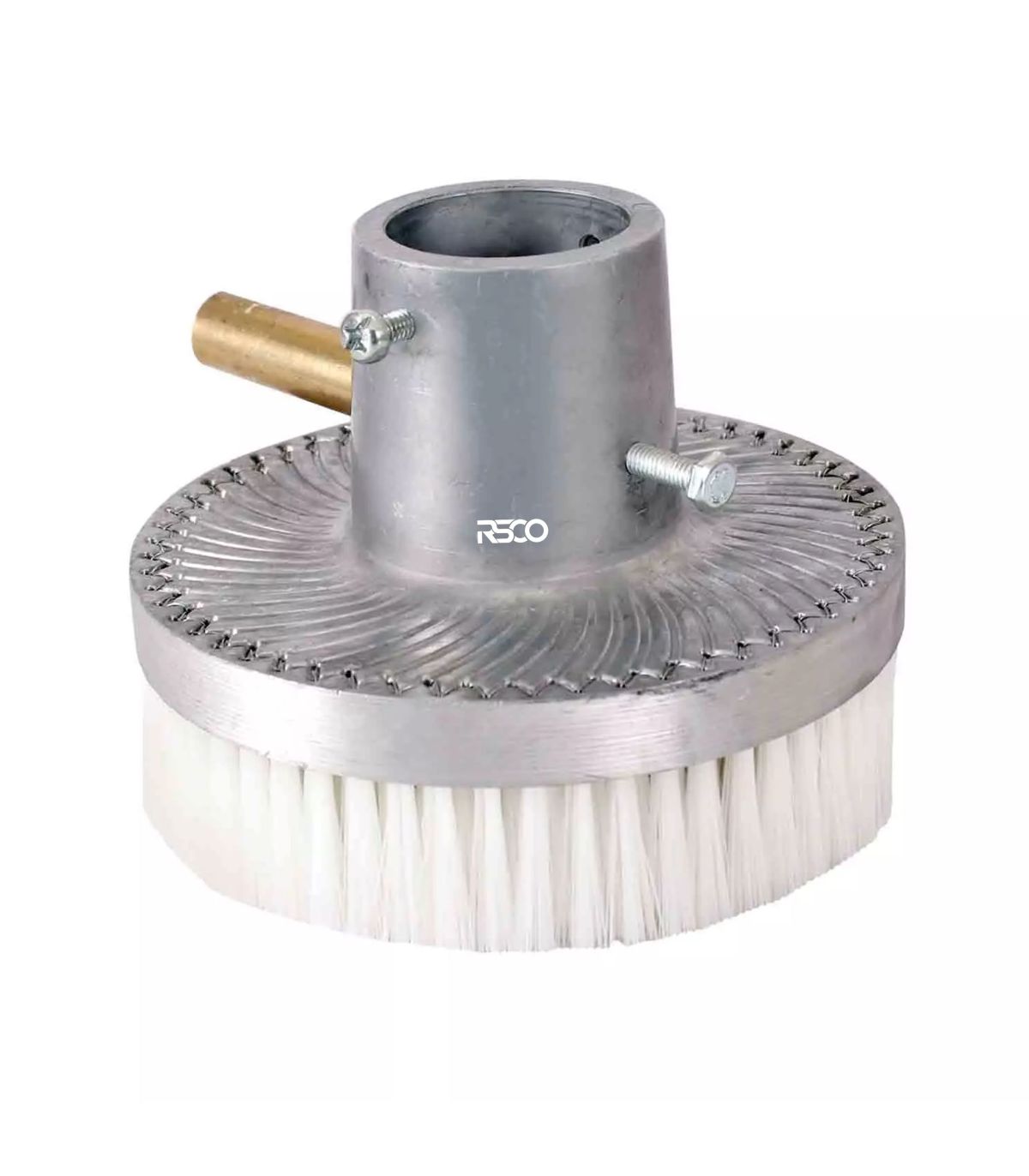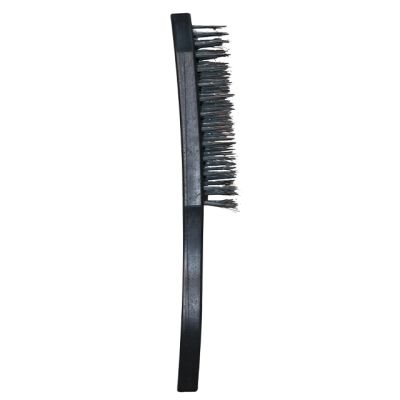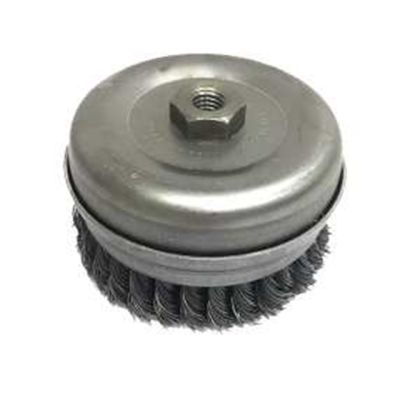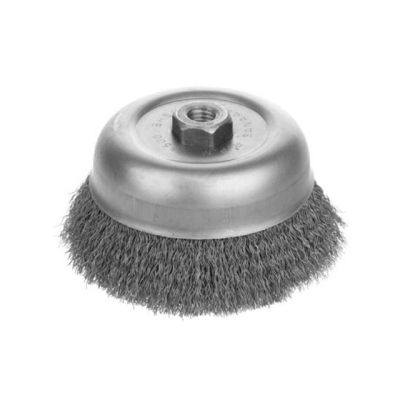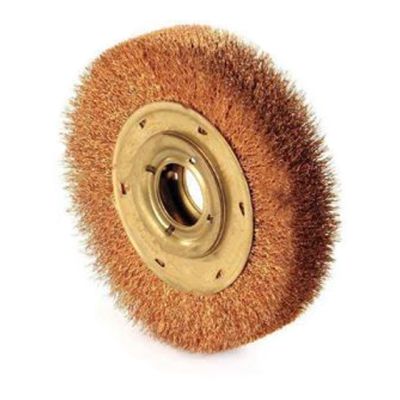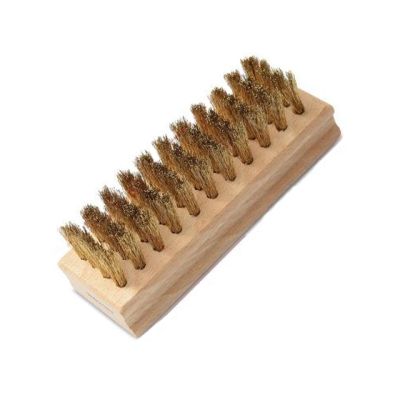The Versatility of Plastic Brushes in Furniture Cleaning
Plastic brushes have become an essential tool in maintaining the cleanliness and appearance of furniture. Their versatility, durability, and effectiveness make them a popular choice for both household and professional cleaning tasks. This essay explores the various types of plastic brushes used for washing furniture, their benefits, and best practices for their use.
Types of Plastic Brushes
Plastic brushes come in various shapes and sizes, each designed for specific cleaning tasks. Some common types include:
1 Soft-Bristle Brushes: These are ideal for delicate surfaces such as upholstered furniture. The soft bristles gently remove dust and dirt without damaging the fabric.
2 Stiff-Bristle Brushes: These are used for more robust cleaning tasks, such as scrubbing wooden or plastic outdoor furniture. The stiff bristles can effectively remove stubborn dirt and grime.
3 Drill Brush Attachments: These brushes can be attached to a drill for more intensive cleaning. They are particularly useful for large surfaces and can save time and effort.
Benefits of Using Plastic Brushes
Plastic brushes offer several advantages over other types of cleaning tools:
1 Durability: Plastic brushes are resistant to wear and tear, making them a long-lasting option for regular use.
2 Versatility: They can be used on a variety of surfaces, including fabric, wood, plastic, and metal.
3 Ease of Cleaning: Plastic brushes are easy to clean and maintain. They can be rinsed with water and left to dry, ensuring they remain hygienic for future use.
4 Cost-Effectiveness: Plastic brushes are generally affordable, making them accessible to a wide range of users.
Best Practices for Using Plastic Brushes
To maximize the effectiveness of plastic brushes, it is important to follow some best practices:
1 Choose the Right Brush: Select a brush with the appropriate bristle type and stiffness for the surface you are cleaning. Using the wrong brush can damage the furniture or be ineffective in removing dirt.
2 Use Gentle Pressure: Apply gentle pressure when using the brush to avoid damaging the surface. For tougher stains, use a cleaning solution in conjunction with the brush.
3 Clean the Brush Regularly: After each use, clean the brush thoroughly to remove any trapped dirt and debris. This prevents the spread of dirt during future cleaning tasks.
4 Store Properly: Store the brush in a dry place to prevent the growth of mold and mildew on the bristles.
Conclusion
Plastic brushes are an indispensable tool for maintaining the cleanliness and appearance of furniture. Their versatility, durability, and cost-effectiveness make them a preferred choice for many cleaning tasks. By selecting the right brush and following best practices, users can ensure their furniture remains in excellent condition for years to come.
Read moreShow less

